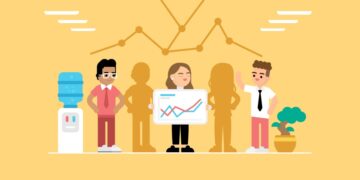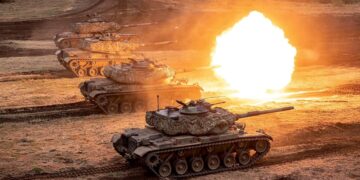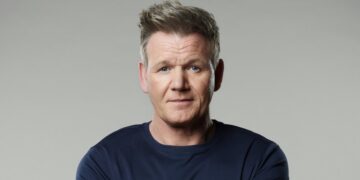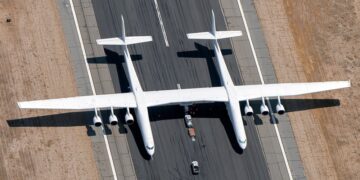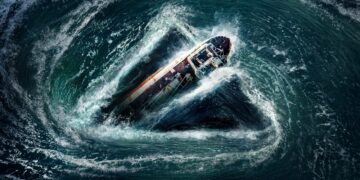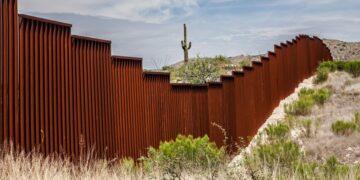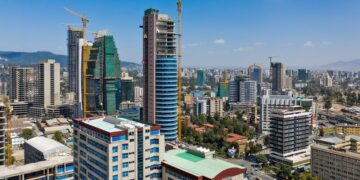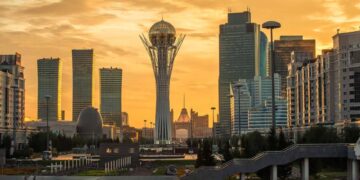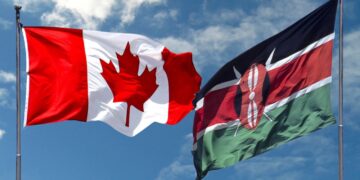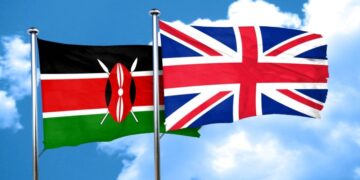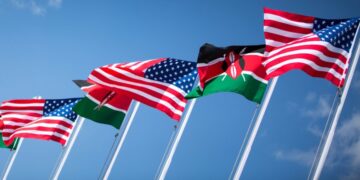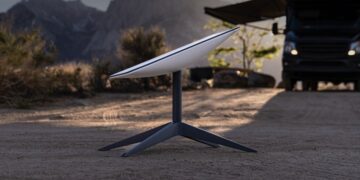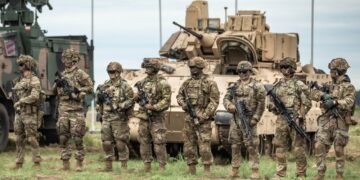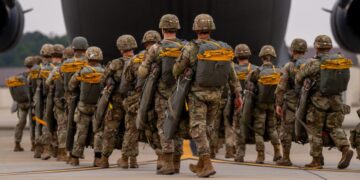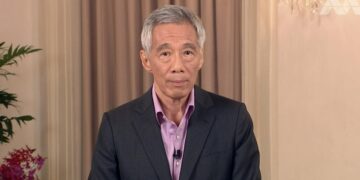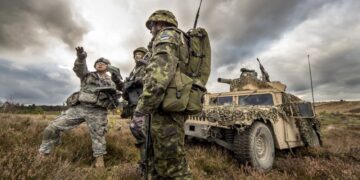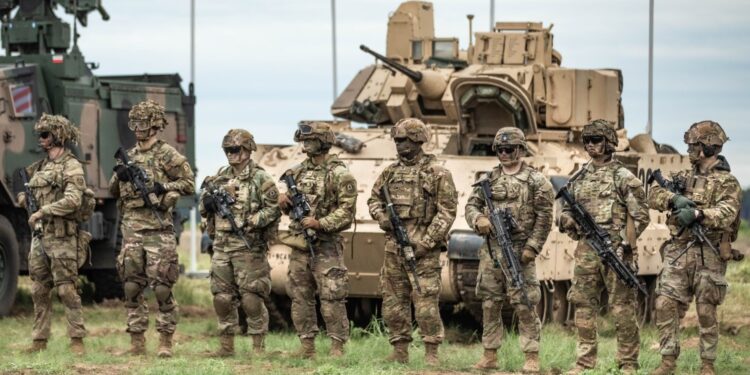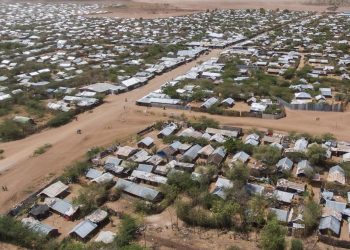In a world of shifting alliances, technological arms races, and rising geopolitical competition, certain nations have emerged as the most formidable when it comes to defending their sovereignty and interests. These countries maintain strong, modern militaries, strategic deterrence capabilities, and robust defence industries that ensure readiness against any potential threat. “Best defended” is not a single metric. It is the synthesis of several interlocking factors:
- Conventional military capability: Numbers and modernity of land, air, naval forces, strategic lift, logistics and sustainment.
- Defence spending and industrial base: Money funds procurement, R&D and sustainment; a domestic defence industry increases resilience and sovereign capabilities.
- Nuclear and strategic deterrence: Possession, posture and modernization of nuclear forces.
- Alliances and basing: Membership of collective defence pacts (e.g., NATO, bilateral alliances) and global basing for power projection.
- Geography, resilience and mobilization potential: Defensible terrain, total available manpower and mobilization systems.
1. United States of America
The United States remains the most heavily defended nation on Earth, combining unmatched military power with advanced technology and global reach. Its armed forces possess over a million active personnel, a powerful naval fleet led by aircraft carriers, and an enormous air force with the world’s most advanced fighter jets. The U.S. also maintains a comprehensive nuclear triad capable of deterring any existential threat. Beyond sheer power, the country’s global network of allies, bases, and defense agreements makes it nearly invulnerable to conventional attack.
2. Russia
Russia retains one of the largest and most diversified military forces in the world, built around its massive nuclear arsenal and vast land power. Its strategic missile systems, such as the RS-28 Sarmat, underscore its focus on deterrence and strategic parity with the United States. Despite economic challenges, Russia continues to field modern tanks, air defence systems like the S-400, and extensive air and naval forces. Its vast geography and harsh climate further contribute to its defensive resilience, making any invasion logistically near-impossible.
3. China
China has transformed into a global military powerhouse, with rapid modernization across all domains – land, air, sea, and cyber. The People’s Liberation Army (PLA) has developed cutting-edge missile technology, a growing fleet of stealth aircraft, and a formidable navy with aircraft carriers and submarines. China’s massive population provides an almost inexhaustible reserve of manpower for national defence. Its focus on technological innovation, space warfare capabilities, and territorial defense make it one of the most secure nations globally.
4. India
India’s defence posture is defined by its vast manpower, modernizing arsenal, and strategic nuclear deterrent. It maintains one of the largest standing armies in the world, along with advanced aircraft and naval assets. India’s unique geographical position – bordered by rival powers China and Pakistan – has driven decades of investment in readiness and self-reliance in defence production. Its well-trained forces, growing satellite capabilities, and commitment to modernization ensure that it remains among the best-defended nations on Earth.
5. South Korea
South Korea maintains one of the most battle-ready militaries in the world due to its proximity to North Korea and the constant threat it faces. Its armed forces are technologically advanced, featuring sophisticated missile defence systems and modern equipment. The country also benefits from a strong alliance with the United States, ensuring an additional layer of deterrence. South Korea’s compulsory military service guarantees a steady supply of trained soldiers, reinforcing its already impressive defence infrastructure.
6. United Kingdom
The United Kingdom remains one of the world’s leading military powers, combining professional armed forces with a powerful nuclear deterrent. It operates advanced submarines armed with ballistic missiles and maintains a highly capable navy and air force. The UK’s defence strategy emphasizes readiness, global reach, and joint operations through its NATO alliances. Its well-developed defence industry ensures technological superiority and rapid innovation in military hardware.
7. France
France’s defence structure is characterized by versatility, advanced technology, and global projection capability. It operates an independent nuclear deterrent, modern air and naval forces, and a professional army capable of rapid deployment. France maintains a robust domestic defence industry that supplies cutting-edge fighter jets, tanks, and ships. Its active involvement in international security operations reflects its commitment to maintaining a strong, autonomous defence posture.
8. Japan
Japan possesses one of the most technologically sophisticated defence forces in the world, built primarily around maritime and aerial defence. While constitutionally restricted from offensive warfare, Japan’s Self-Defense Forces are equipped with advanced missile defence systems and fifth-generation aircraft. Its naval power is formidable, designed to secure the nation’s island territory and surrounding seas. Japan’s alliance with the United States further bolsters its defensive umbrella, ensuring both technological and strategic security.
9. Turkey
Turkey commands one of the largest and most capable militaries within its region, backed by a strong domestic arms industry. The country’s strategic position between Europe, Asia, and the Middle East necessitates a robust defence posture. Turkey has invested heavily in indigenous technologies, including drones, armoured vehicles, and naval vessels. Its experienced and numerous armed forces ensure readiness for both regional operations and homeland defence.
10. Italy
Italy combines a balanced and modern military with strategic membership in NATO, ensuring both self-reliance and allied support. Its air force operates advanced multirole fighter jets, while its navy features capable submarines and frigates. Italy’s land forces are well-trained, and the country has a developed defence industry that supports modernization efforts. Its geographic position in the Mediterranean also gives it strategic influence over critical sea routes.
11. Brazil
As the leading military power in Latin America, Brazil fields a large and diversified defence force. It maintains a strong air force, a growing navy with submarines, and well-equipped ground forces. Brazil’s extensive geography provides natural strategic depth and defensible borders. Continued investment in domestic arms production, research, and training contributes to its growing reputation as a well-defended nation.
12. Pakistan
Pakistan’s defence capabilities are deeply shaped by its rivalry with India and regional instability. It maintains a large standing army and an extensive range of ballistic missiles, complemented by a credible nuclear deterrent. The country has invested significantly in air and missile defence systems to counter potential threats. Pakistan’s strong military traditions and disciplined personnel make it one of the most defensively capable nations in Asia.
13. Indonesia
Indonesia, the world’s largest archipelagic nation, has developed a defense strategy focused on maritime security and territorial integrity. Its armed forces are large, diverse, and increasingly modernized with foreign and domestic equipment. The navy and air force play critical roles in securing the thousands of islands that make up the country. With continued investment and modernization, Indonesia has emerged as a leading defensive power in Southeast Asia.
14. Germany
Germany’s defence system benefits from advanced technology, a strong economy, and integration within NATO’s collective security framework. It maintains a well-trained, professional military with modern aircraft, tanks, and missile systems. Germany’s defense industry produces some of the world’s best armoured vehicles and submarines. While historically restrained in military expansion, its technological and industrial strength ensures a robust and credible defence posture.
15. Israel
Israel’s defence forces are among the most capable and technologically advanced in the world. Facing persistent regional threats, the country has developed cutting-edge air defence systems such as the Iron Dome and David’s Sling. Israel maintains high levels of readiness, universal conscription, and superior intelligence-gathering capabilities. Its mastery of cyber warfare, drone technology, and precision strikes reinforces its position as one of the best-defended nations globally.
16. Iran
Iran’s defence doctrine emphasizes self-sufficiency, asymmetric warfare, and deterrence through missile capabilities. Its military has developed a large arsenal of ballistic and cruise missiles that can target potential aggressors across the region. The Iranian Revolutionary Guard Corps adds an additional layer of strategic depth, particularly through unconventional and regional proxy warfare. Despite economic sanctions, Iran’s focus on indigenous defence production ensures a steady enhancement of its military strength.
17. Spain
Spain maintains a well-organized military that integrates seamlessly within NATO’s framework. Its armed forces are modernized, featuring advanced aircraft, naval vessels, and rapid deployment units. The Spanish navy remains one of the most capable in Europe, with amphibious and carrier-capable assets. Combined with professional soldiers and strategic European positioning, Spain remains a strongly defended nation.
18. Australia
Australia’s defence system is built around technological superiority, strategic alliances, and maritime security. The country maintains modern air and naval forces capable of operating across vast distances, reflecting its continental size and isolation. Recent defence initiatives have focused on strengthening submarine capabilities and missile deterrence. Its alliance with the United States provides a significant security guarantee, enhancing its already strong defensive framework.
19. Egypt
Egypt’s military is the largest in Africa, boasting a wide range of land, air, and naval assets. The country has invested heavily in modernizing its tank, aircraft, and missile inventories. Its strategic control of the Suez Canal adds a critical geopolitical advantage, enhancing both its security and global significance. With substantial manpower and experienced leadership, Egypt remains the best-defended state on the African continent.
20. Ukraine
Ukraine’s recent experiences in warfare have transformed it into one of the most battle-hardened and adaptive military powers in the world. The country has developed a sophisticated understanding of modern combat, integrating advanced technology, drone warfare, and intelligence coordination into its operations. Despite sustained external threats, Ukraine’s resilience and massive mobilization capacity demonstrate unparalleled national defence determination. Its evolving partnership with Western allies continues to reinforce its overall military strength.
Conclusion
The world’s best-defended countries share several defining characteristics: technological superiority, well-funded defence budgets, effective military doctrines, and, in some cases, nuclear deterrence. Nations like the United States, Russia, and China dominate through sheer scale and global reach, while others such as Israel, South Korea, and Japan showcase the power of innovation and strategic discipline.
Meanwhile, countries like Ukraine, Turkey, and India demonstrate how geography, readiness, and resilience can produce formidable defensive capabilities even in the face of adversity. Being “best defended” is not merely about possessing the largest armies or the most advanced weapons – it reflects a nation’s capacity to combine strategy, innovation, and national willpower into a credible force capable of safeguarding sovereignty in an increasingly unpredictable world.

